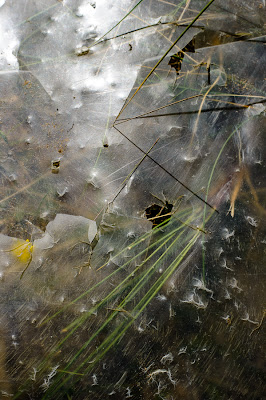- Messages
- 21,341
- Edit My Images
- Yes
More artistic than this crap....
http://www.telegraph.co.uk/news/new...re-to-star-in-Serpentines-new-exhibition.html
,interesting cheers.
Makes you think, why the overturned furniture, what's the story behind the disruption. If it was in a home setting, was it a fight, an argument...




